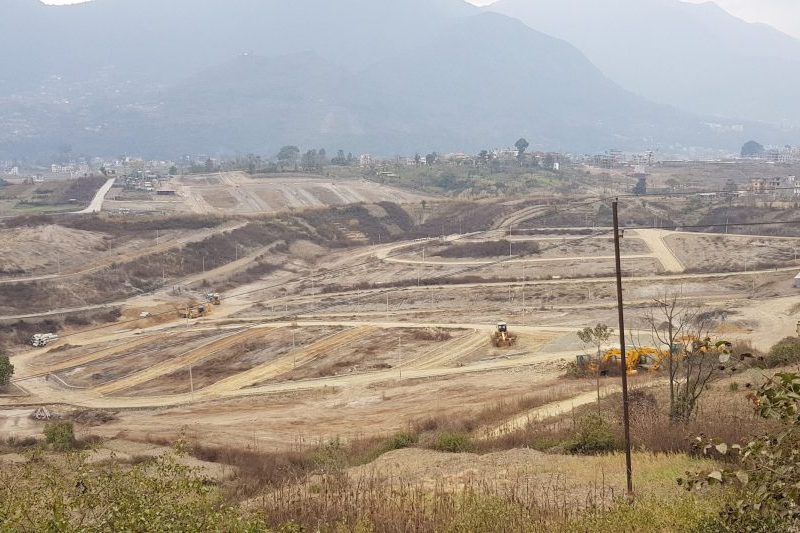
A Land Loan is a type of financing used to purchase raw land, improved land, or developed lots for future residential or commercial construction. Unlike traditional mortgages, land loans focus on the property itself rather than an existing structure, making them riskier for lenders. As a result, these loans often require higher down payments and interest rates compared to standard home loans.
Land loans are ideal for buyers looking to build a home, investors purchasing land for development, or businesses acquiring property for future projects.
Who Can Benefit from a Land Loan?
✅ Homebuyers – Those who want to buy land and build a custom home later.
✅ Real Estate Investors & Developers – Buying land for future residential or commercial projects.
✅ Farmers & Ranchers – Purchasing land for agricultural use.
✅ Business Owners – Securing land for future commercial development.
Types of Land Loans
🏞 1. Raw Land Loan
- For undeveloped land with no utilities, roads, or structures.
- Higher interest rates & down payments due to lender risk.
- Requires a strong credit profile and a detailed plan for development.
🏡 2. Improved Land Loan
- For partially developed land with utilities, road access, or some infrastructure.
- Easier to finance than raw land due to lower risk.
- Down payments typically 15-25%.
🏗 3. Lot Loan
- For residential or commercial lots in planned developments or subdivisions.
- Commonly used for future home or business construction.
- Easier approval than raw land loans, with lower down payments (10-20%).
🌾 4. Agricultural Land Loan
- Used for farming, ranching, or agricultural production.
- Often backed by USDA or farm credit lenders.
- May offer longer terms & lower interest rates.
Key Features of a Land Loan
✔ Loan Amounts Vary – Based on land type, location, and borrower financials.
✔ Higher Down Payments (10-50%) – More risk for lenders means larger upfront costs.
✔ Shorter Loan Terms – Typically 5-20 years, shorter than a traditional mortgage.
✔ Higher Interest Rates – Since land loans lack collateral (a built home), rates tend to be higher.
✔ Requires a Clear Development Plan – Lenders often require intended use details.
✔ Potential Need for Zoning & Environmental Approval – Depending on location and use.
Typical Requirements for a Land Loan
📌 Good Credit Score (Typically 640+) – Higher scores may secure better terms.
📌 Large Down Payment (10-50%) – Raw land often requires the highest down payments.
📌 Debt-to-Income (DTI) Ratio Under 43-50% – Shows ability to repay the loan.
📌 Development Plans & Feasibility Study – Some lenders require a clear plan for how the land will be used.
📌 Property Appraisal & Survey – Determines land value & boundaries.
Get started today!
Fill out the questionnaire on this page to start a discussion about your mortgage needs today!

